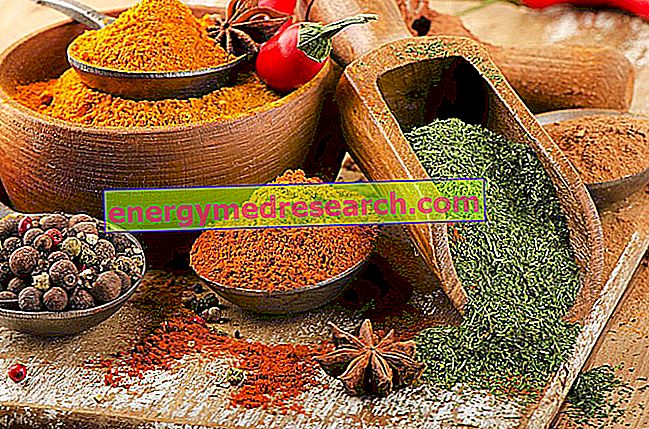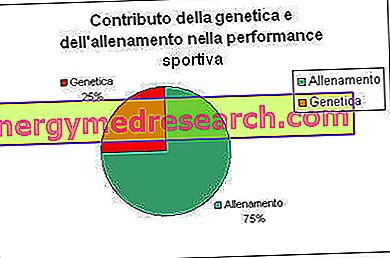
As it was once done in the countryside with pork, even in the modern food industry the law of "don't throw anything away" is increasingly true.
Thus it happens that different processing residues are collected by specialized companies to obtain natural dyes.
However, the use of natural vegetable dyes has some limitations. For example, the complexion is generally less bright and uniform than that offered by artificial analogues; the problems of stability to light, high temperatures and heat should not be underestimated.
Some examples of additives of plant origin, long used by the food industry, are:
- Curcumin (E100), yellow dye extracted from turmeric
- Chlorophylls and Chlorophyllin (E140), green dyes extracted for example from chlorella algae
- Carotenoids (Mixed Carotenes E160a (I) - Beta-carotene E160a (II))
- Annatto (E160b), a reddish-yellow natural dye isolated from the seeds of the Bixa orellana tree
- Capsanthin, capsorubin, paprika extract E160c
- Lycopene (E160d), abundant carotenoid in tomatoes
- Betanina (red beet) (E162)
- Anthocyanins - Anthocyanins (E163), extracted from red grapes, abundant in wild berries



